This is not going to be (yet) another camera review of the Nikon F3; I am certain that if you wish to read or see such one, you will find zillions out there on the internet. The more known camera is, the more reviews are springing over night like mushrooms. So, no, this is not a review; it only describes my feelings towards this camera.
I enjoy the professional simplicity of this camera. I have had this Nikon F3 since the early 90s; I paid an amount which I could not really afford at the time. I was still trying to justify the purchase to myself, months afterwards. But it was well worth it, because I have had a beautiful and interesting road with this F3. It has seen a lot of action, and the looks of the camera tell tales of such, as you can see for yourself. When I bought it, it was in pristine condition; many years later, it is much worn and lacking the lustre of youth. Mechanically, it is in excellent shape, never had a reason to send it to repair because it always worked like a, well, professional Nikon.
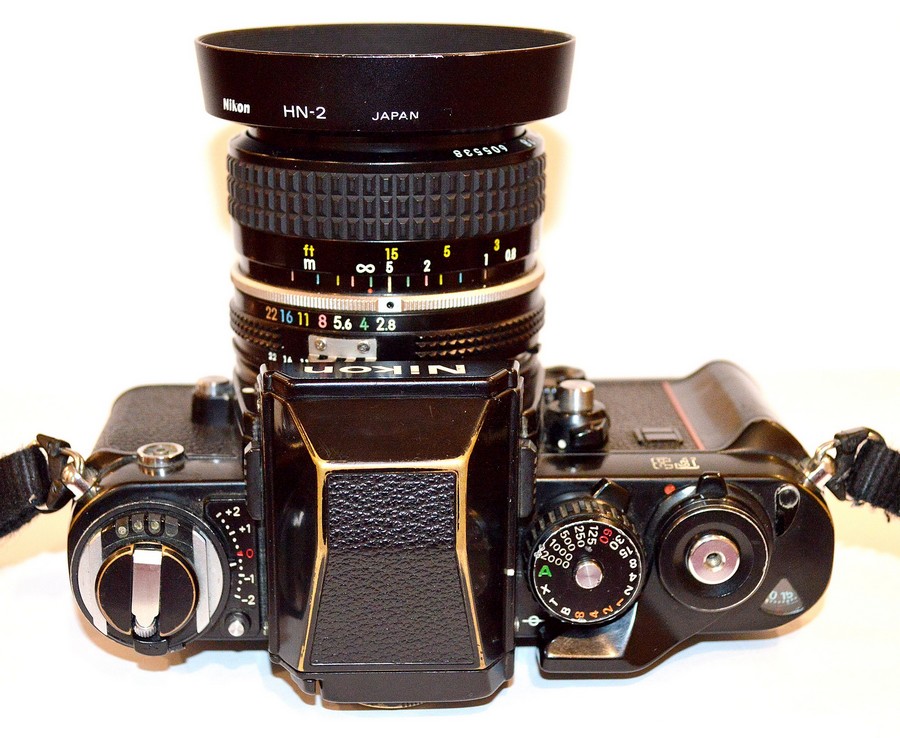
I was always impressed and awed by the film winding mechanism; the ball bearings mechanism in its construction makes this the best lever action I have ever experimented. Once I advance the frame, I feel like that particular frame is going to be the one, and this happens every time, even after all these years. Do not ask me why, but this is the feel I get. If you ever used a Nikon F3, you know what I’m about here.
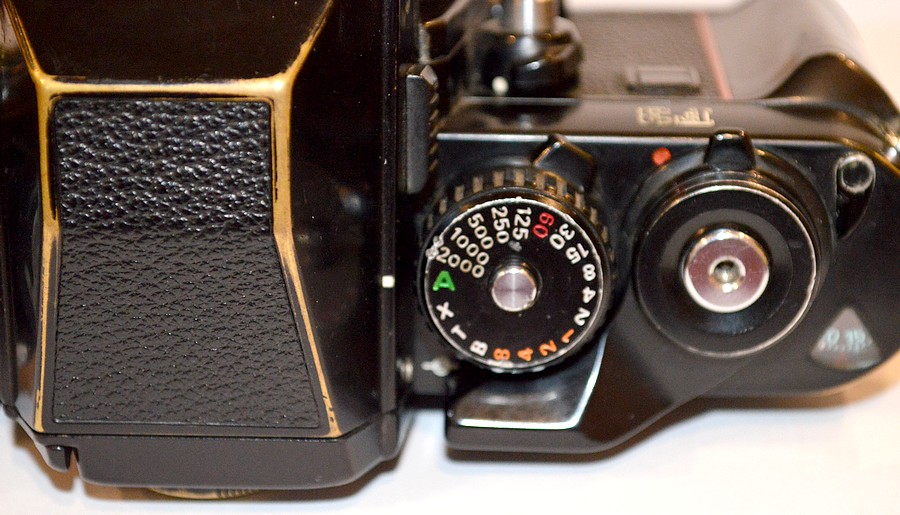
One other reason of why I love this camera is because I can use the waist level mode; take the prism off, and you have a sort of TLR thing. Not always useful, I admit, and of course the dust and whatnot can get into the camera. But as a different and alternative method to compose and shoot, I have found this very useful sometimes, you should try it. Not always, but once in a while.
By the way, as you can see for yourself, this camera is and has been a user camera, not a collector’s one. I do have a good number of film cameras, mostly vintage, but none of them are in pristine condition. Some may have been bought that way, but they’re not anymore in that condition. I have used them extensively, caring for them of course, but time, handling, weather an whatnot marked them in various degrees as users, not collectors. I just felt I need to say this here.
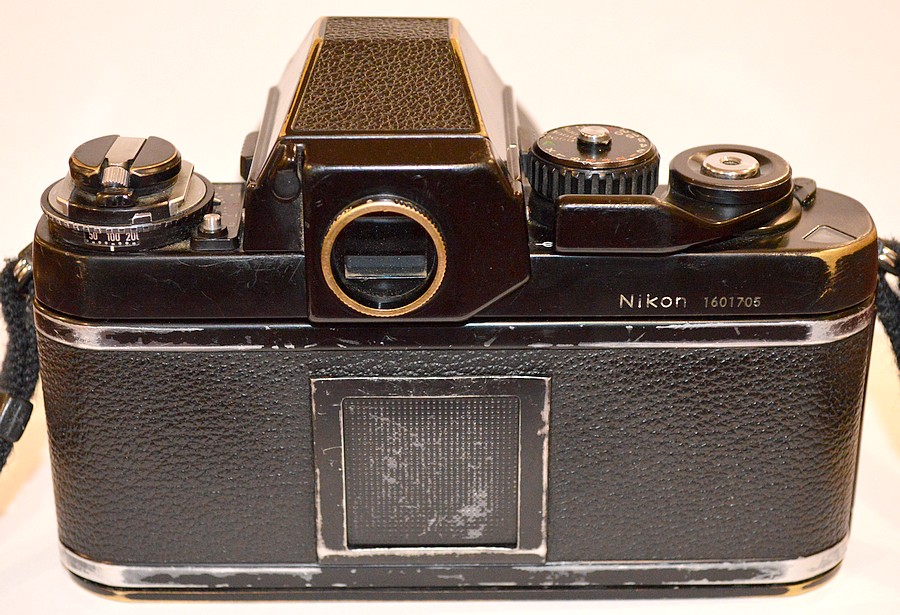
The aperture priority is another pro of this beauty; although I shoot manually most of the time, it is somewhat refreshing to use the AP function because there are plenty of situations where automatic features can come in handy. I am reminded of this many times, when light is difficult to employ for my photographs, so I am glad the F3 has this feature. The auto exposure lock, although seen on other Nikons, is an excellent tool for me, in certain situations.
One other very useful thing to have is the 1/60th speed, when the F3 end up without a battery. While this should not happen, as a couple of fresh SR44 can be tucked away in a corner of your bag, it is helpful to have at least one useful shutter speed, a mechanical one and not depending on batteries that is. This type of battery-fuelled meters but mechanical all-round such as my OM1, Nikon FM3a, Nikkormat FT and FT3, Nikon F2 are on that list, mainly because they run and run without batteries (you’ll have to figure out your own exposure values though). As I said, carrying a couple of cell batteries with you is not that difficult, just to be on the safe side of things.
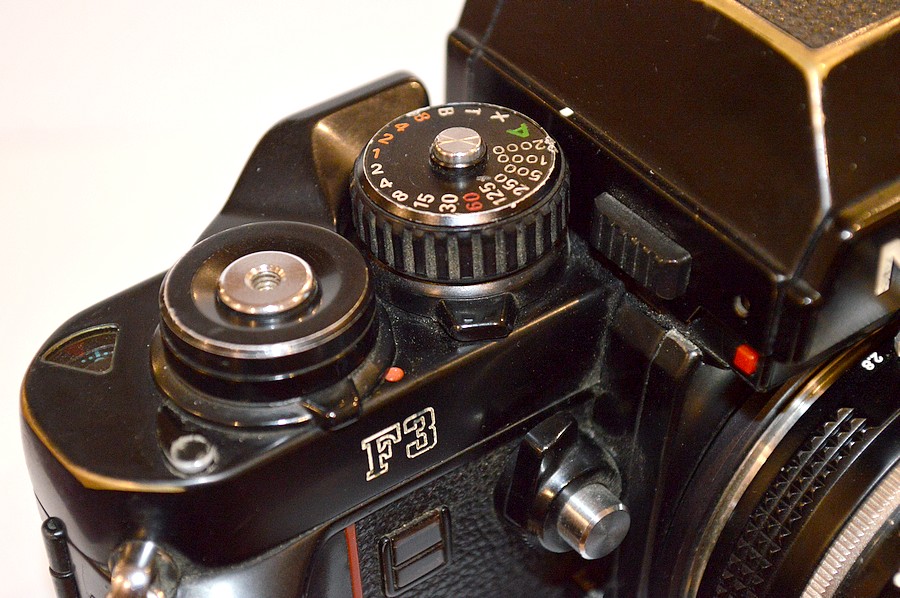
The lack of a flash shoe in the usual place does not bother me, as I am not using flash, at least not on a regular basis. The location of the hot shoe makes no difference to me either; that said, I do appreciate the awesome craftmanship Nikon put in this camera (as with all their products). Multiple exposures lever is however something that I do use, in some situations. Shooting this F3 is (almost) like shooting my FM3a, in this respect.
Re quirky stuff ? Well, turning off the meter, done by the in-built timer. Not bad at all, although I must say I grew accustomed over the years with the film winder’s arm to do that for me. I know, this method had and still has a lot of criticism (eye poking, etc), but when one switches to F3 from say, Nikkormat or FM3a, one tends to forget this small lever on the F3. No biggie, of course, some of my Olympus OM cameras do have the same meter cut-off lever.. And I am thinking on the strange decision of Nikon to design the meter activation only when you reach frame number 1. I do understand and appreciate the thinking behind this, and I kind of agree with it. However, worthy of mention it, I guess.
Also, I can add to the list the kind of small meter reading window on the screen LCD; again, no negative impact, just a tad too small to read at times. True, the HP finder can be different, but I never had one of those on this camera. One thing worth mentioning here though: when shooting in the dark, it seems I cannot find that poxy little red button in time, to light my LCD screen, and that is why I do not use it. Well, battery saving, I say.
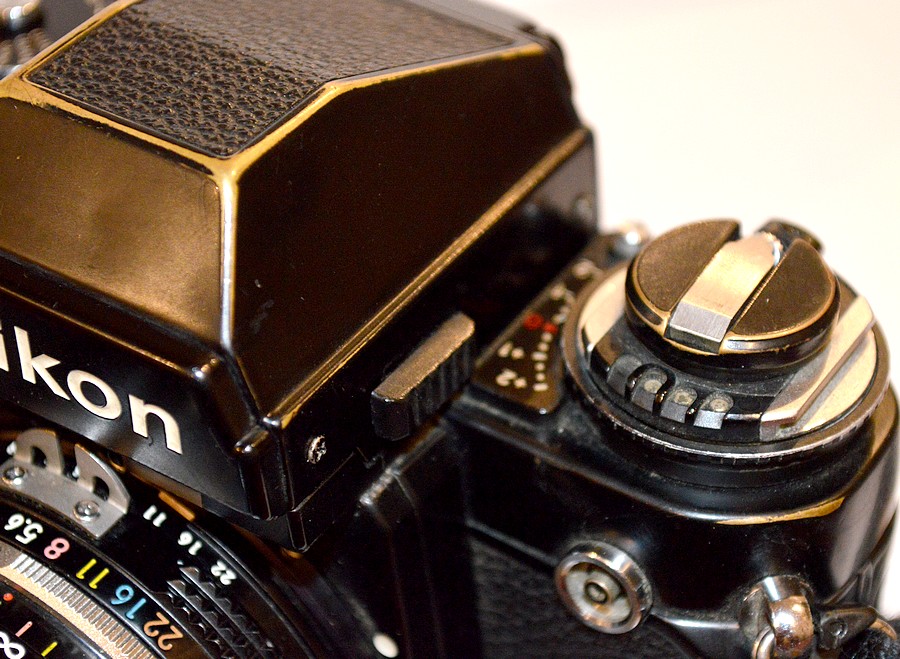
One other thing that I welcome is the presence of a AE lock button. It saved my hide many times, with this F3 (and other cameras, like F4). So, I am really happy to be assisted by this feature, which helps going through difficult light in background scenes and such. I am surprised on how often I go for this feature, a great one indeed to have. Even with my FM3a, I more often use the AE lock than exposure compensation.
So, how do I feel about the professional Nikon F3 camera? Well, I can certainly say it’s a joy and breeze to use, no doubt about it. The historical importance cannot be denied, and probably if I had been a professional photographer back when it came on the market, I would’ve been able to tell more on this. Is this the best SLR Nikon has come up with in their long history of excellency? If you look at their lines of camera and not talk about the F4/F5/F6 models, I would believe it was, for the period that is. The somewhat legendary improvements and innovations Nikon made with the F3 and the way this changed photography (again, at the time) is something to be impressed about.
A few photographs taken with this camera, on Agfa APX 400 @ 1600 (don’t ask). Not the best this camera can deliver, but it is not its fault. The culprit here is well known: me.
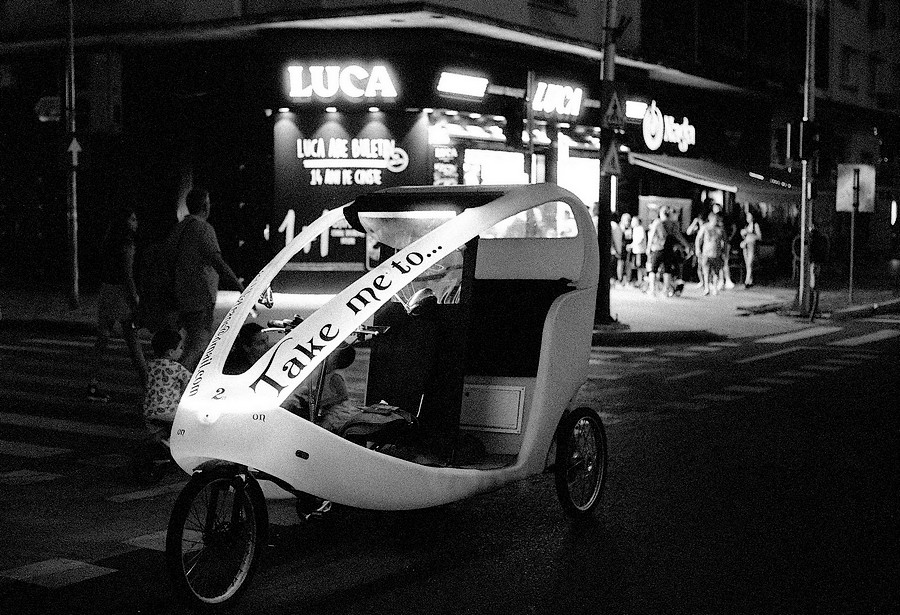
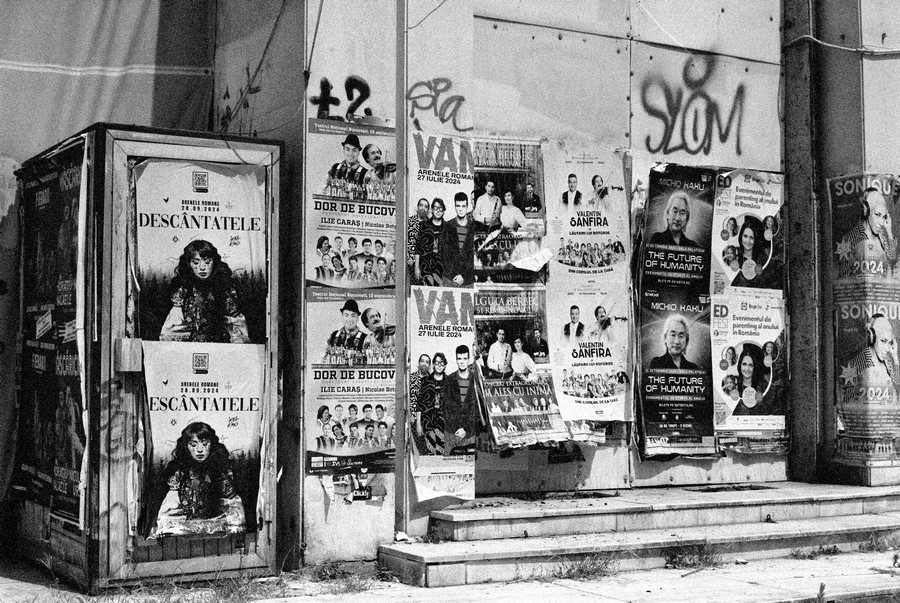
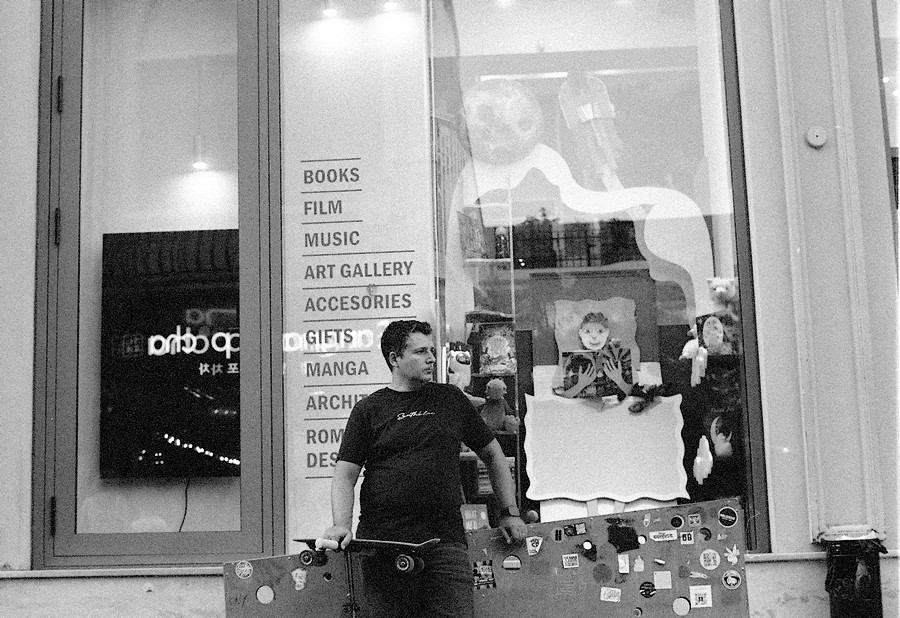

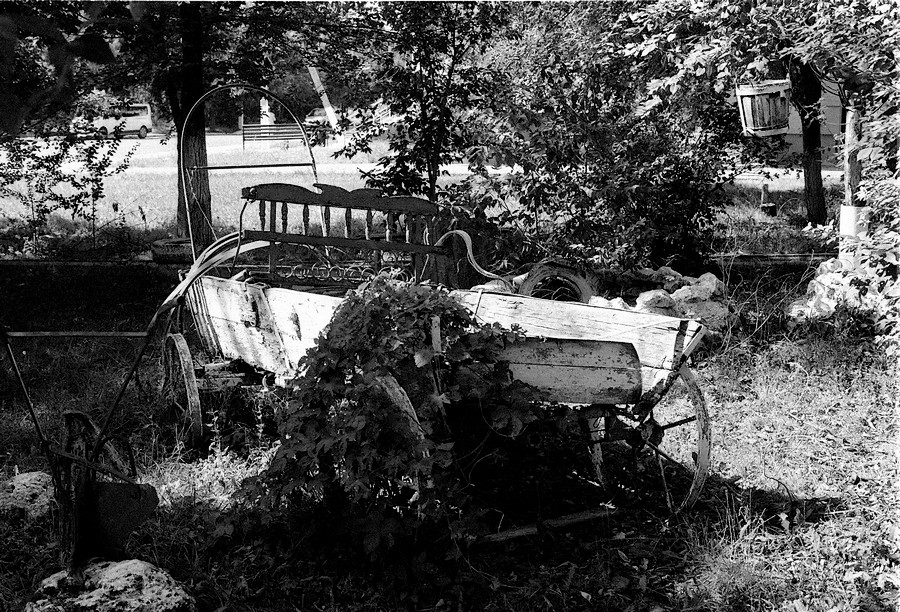
At the end of the day, when all has been said, the Nikon F3 remains a beautiful piece of exquisite engineering, a true advance of the SLR cameras in the history of photography. I hold this camera in high regards for what it is even after all these years: a resilient, precise and workhorse of a camera, with a badge of honour for all the results it achieved along the years.
Share this post:
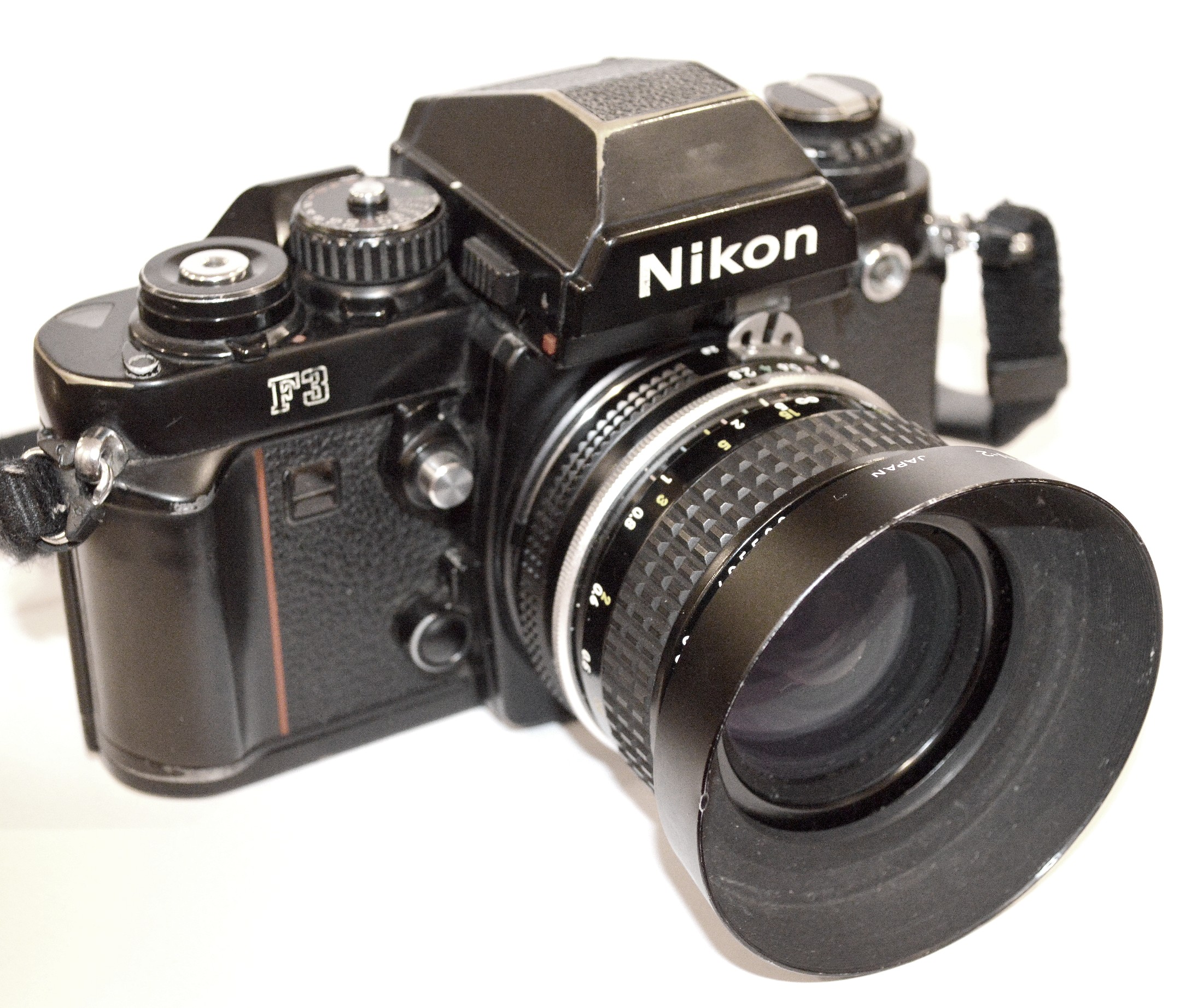
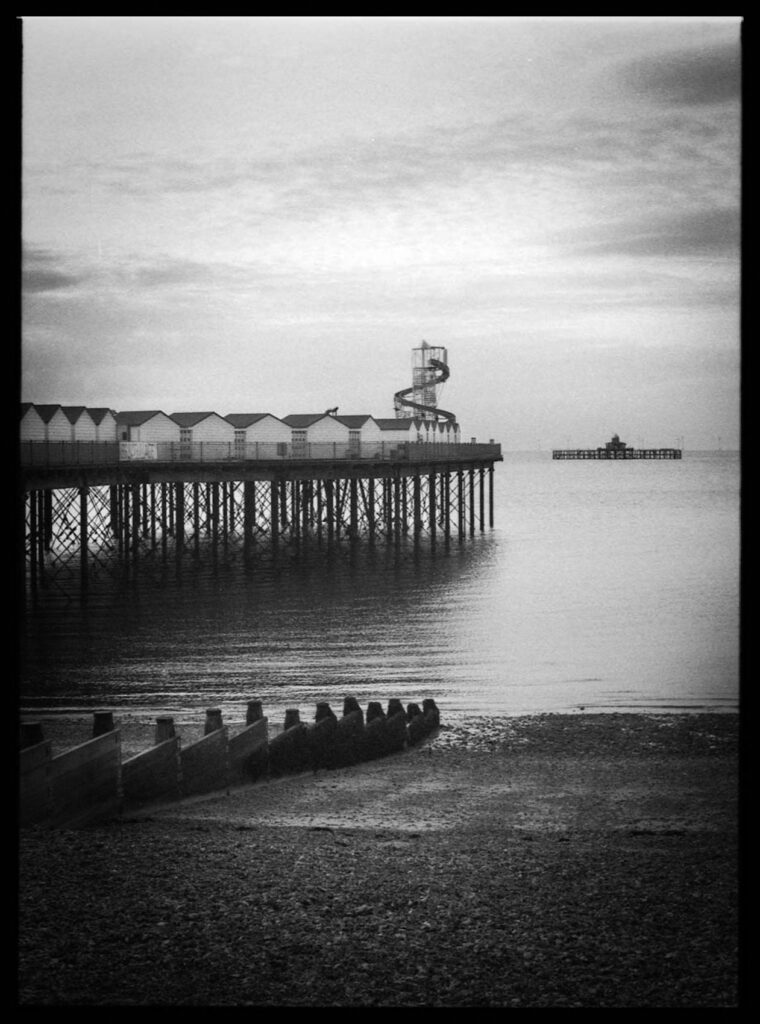
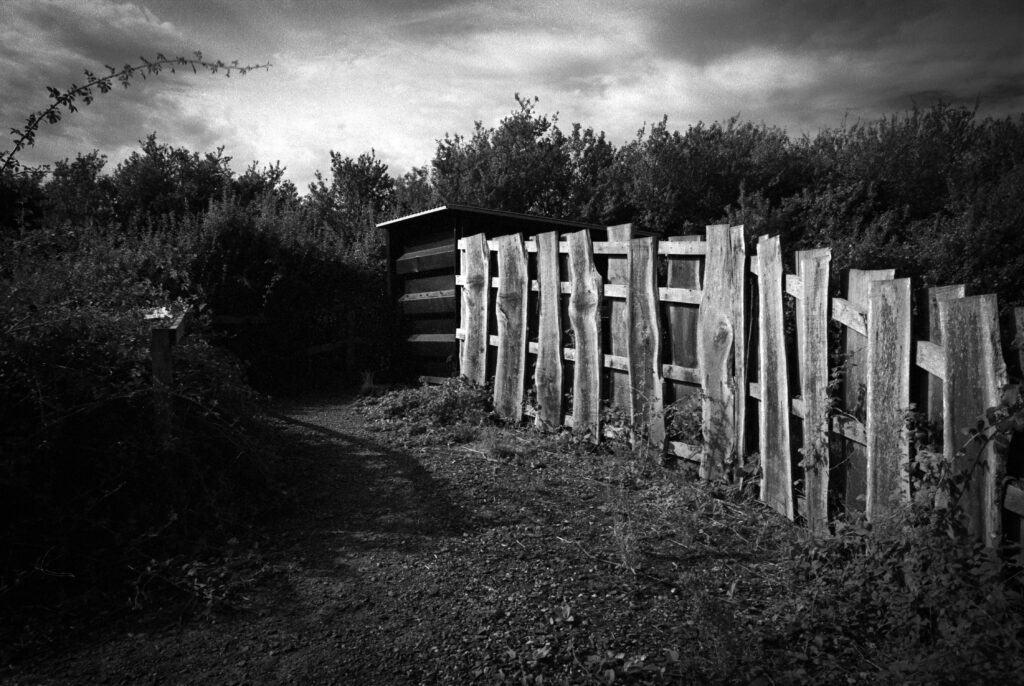
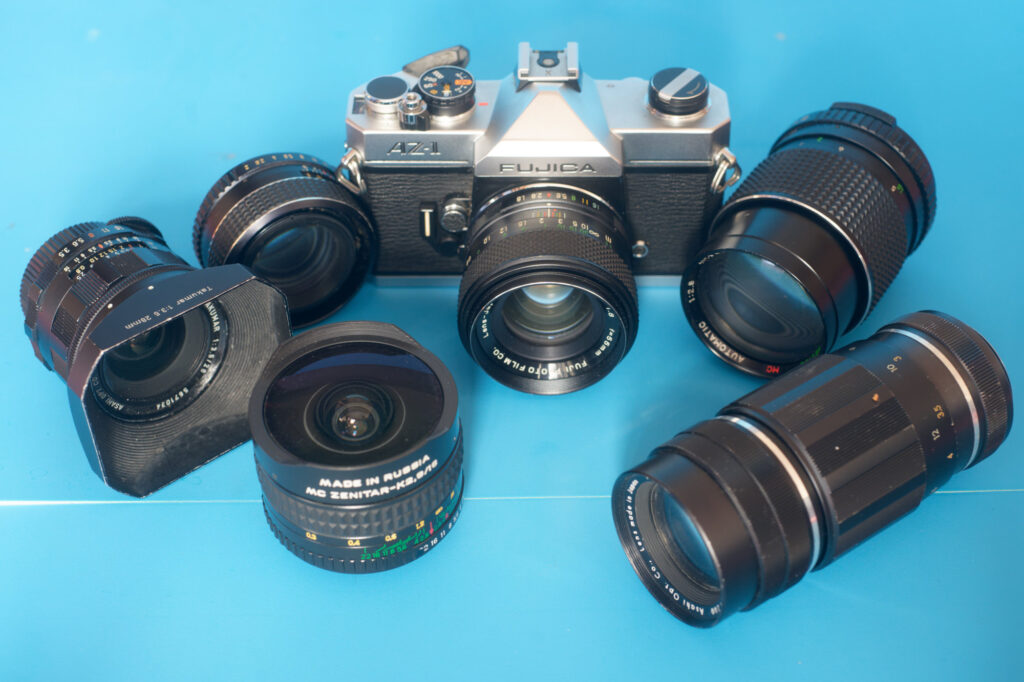
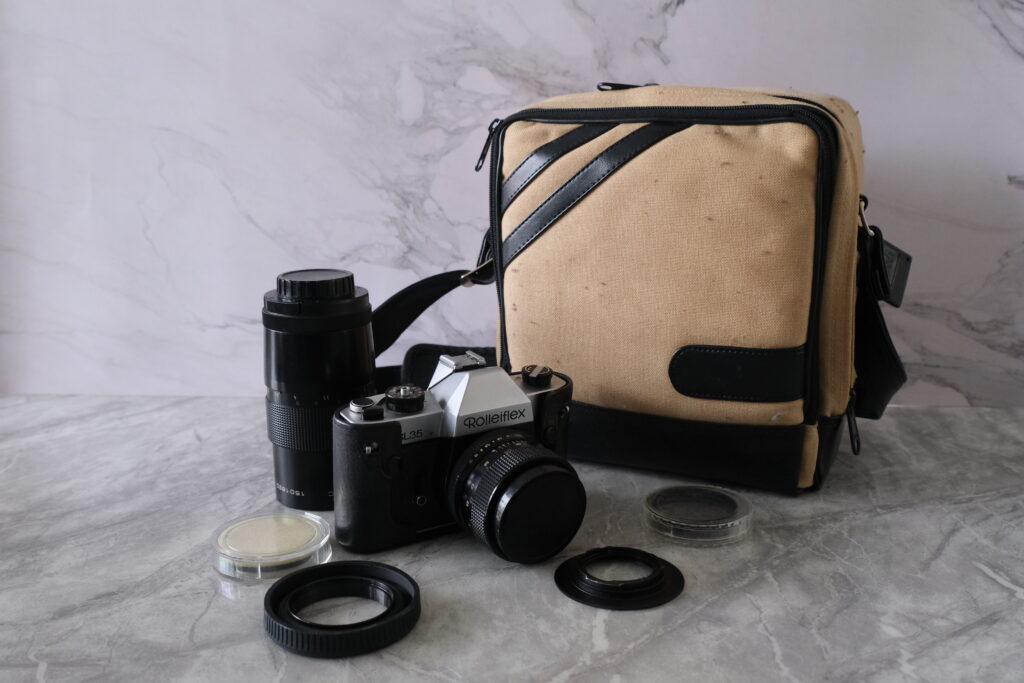




Comments
Bruno Chalifour on Nikon F3 – The Professional Simplicity
Comment posted: 29/08/2024
PS: I, too, could never use the shutter-speed illuminator in the field : I could not feel it in the dark or had to fumble most of the time unsuccessfully (another reason why I doubled it with an F4s when the latter came out). For all these reasons I have also kept mine.
Comment posted: 29/08/2024
Robert Gulley on Nikon F3 – The Professional Simplicity
Comment posted: 29/08/2024
Comment posted: 29/08/2024
Bradley Newman on Nikon F3 – The Professional Simplicity
Comment posted: 29/08/2024
Lovely images, too.
Comment posted: 29/08/2024
Gary Smith on Nikon F3 – The Professional Simplicity
Comment posted: 29/08/2024
Comment posted: 29/08/2024
Jeffery Luhn on Nikon F3 – The Professional Simplicity
Comment posted: 29/08/2024
Question: I know there are many Leica lovers on this site. Has anyone done tests using a lens chart to see how the two brands compare?
Comment posted: 29/08/2024
Tony Warren on Nikon F3 – The Professional Simplicity
Comment posted: 29/08/2024
Comment posted: 29/08/2024
Geoff Chaplin on Nikon F3 – The Professional Simplicity
Comment posted: 29/08/2024
Comment posted: 29/08/2024
Daniel Castelli on Nikon F3 – The Professional Simplicity
Comment posted: 31/08/2024
Comment posted: 31/08/2024
Comment posted: 31/08/2024
Herbert on Nikon F3 – The Professional Simplicity
Comment posted: 12/11/2025